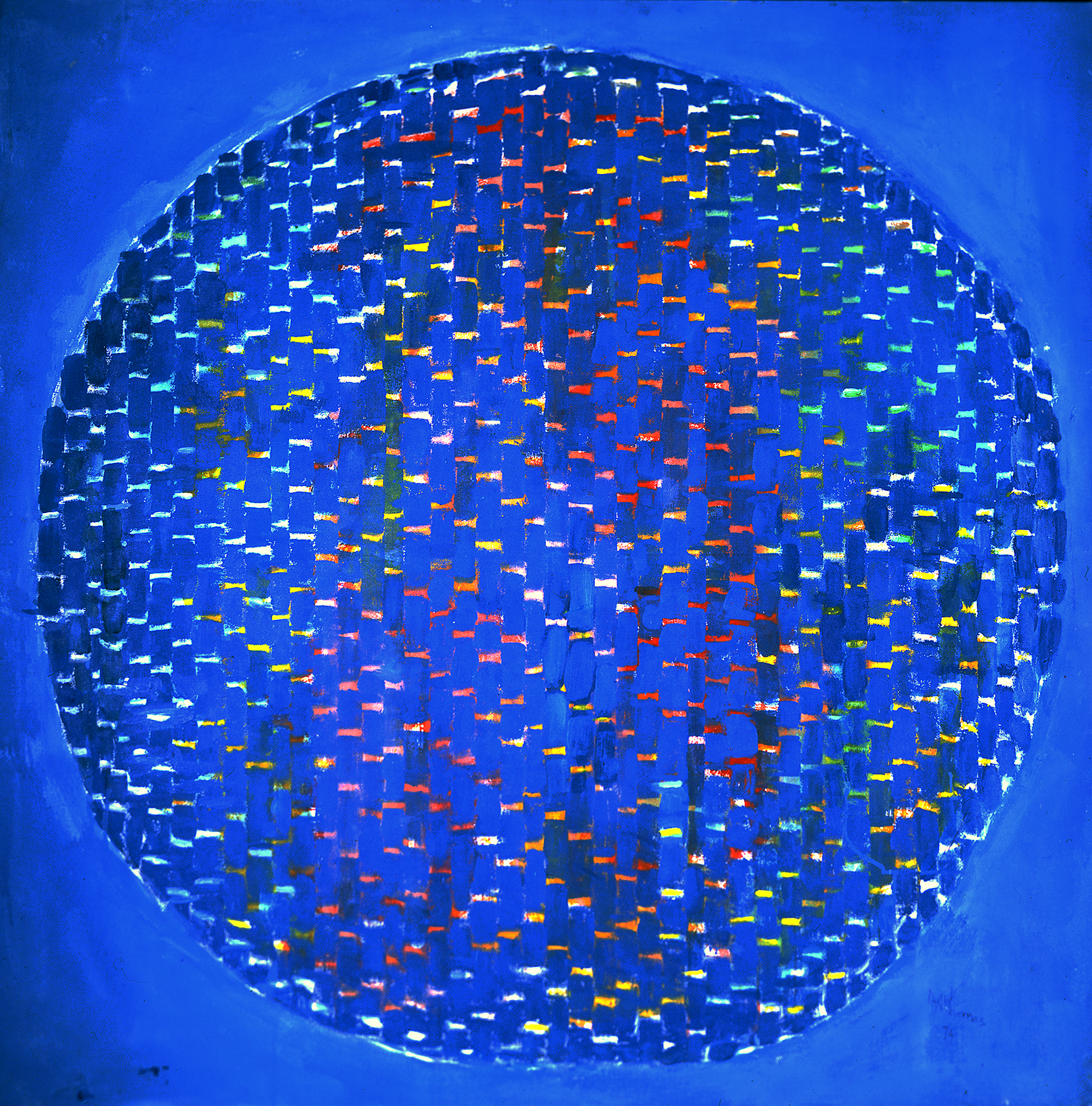How Space Art Shaped National Identity
Space exploration became firmly interwoven with American culture through influential speeches by President John F. Kennedy at a time of heightened awareness of the “space race” between the United States and the Soviet Union. However, space art also played a significant role in shaping American perspectives on space—helping to bridge the gaps between scientific, sociopolitical, and cultural viewpoints on exploration. More directly, space art inspired the nation to dream bigger and reach for the stars. By depicting the fantastic landscapes of other worlds, artists helped to sell the idea of space travel to the American public, instilling curiosity about the mysteries of the universe that ultimately made space exploration a part of the national identity.
Nearly a century before the moonshot, French-born artist and astronomer Étienne Léopold Trouvelot created stunning astronomical drawings, many using powerful telescopes at the Harvard Observatory and the US Naval Observatory. Trouvelot’s detailed images of Saturn, Jupiter, and other planets amplified the colors and features of these celestial bodies, turning them into objects of wonder and beauty. His 1882 book, The Trouvelot Astronomical Drawings Manual, and accompanying chromolithograph portfolio sets, made the science of astronomy accessible to a wider audience and helped to usher in public interest in amateur astronomy.
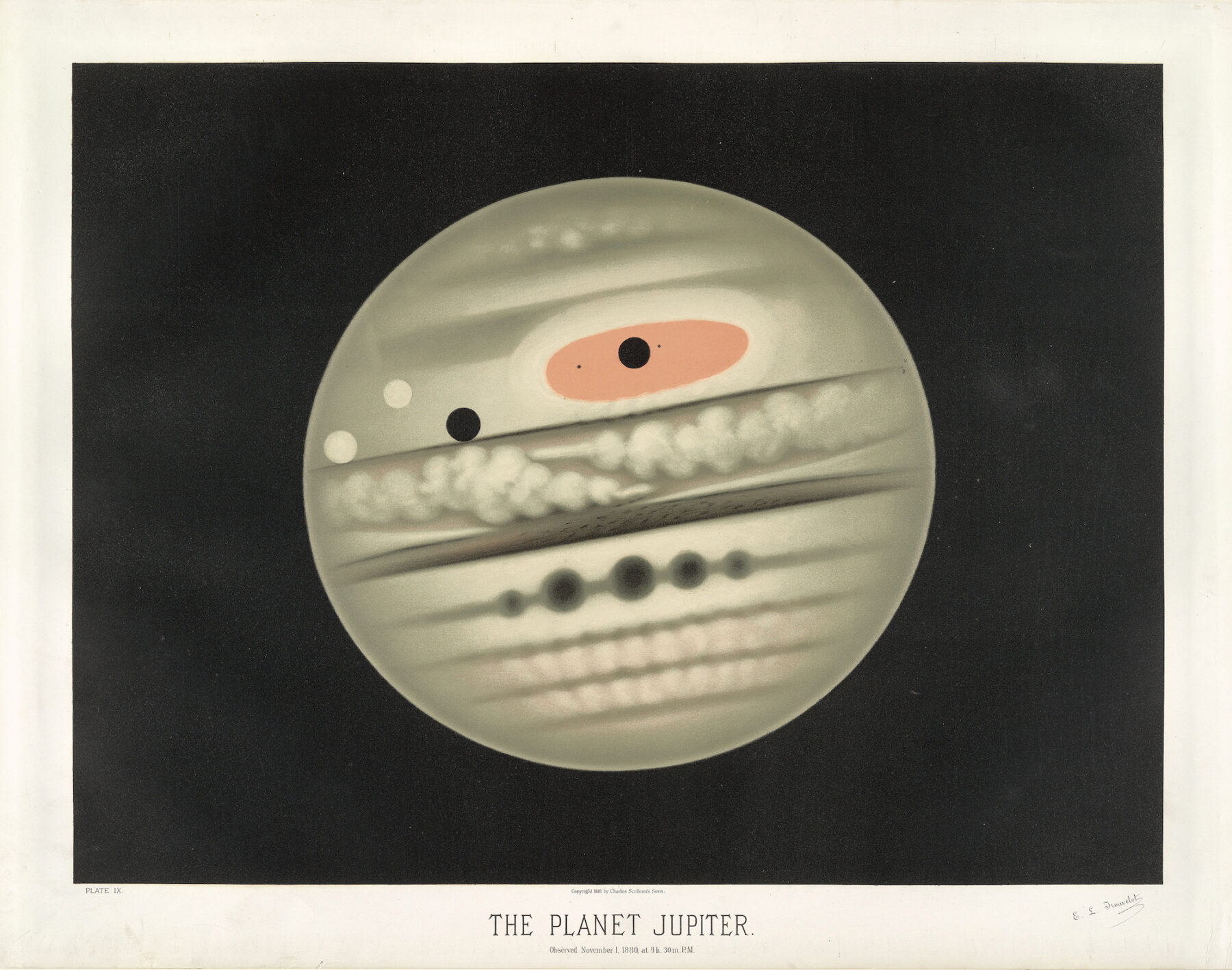
By the turn of the twentieth century, American literature, music, and entertainment had already incorporated themes of traveling to the moon. In 1903, Luna Park opened at New York’s Coney Island, featuring a ride called “A Trip to the Moon.” Visitors boarded a large wooden sailing vessel named Luna with red wings that flapped as the ride made an imaginary voyage to the moon. Interestingly, the idea of traveling to the moon was already a part of the American consciousness even before the Wright brothers’ first successful powered airplane flight in December of 1903. This fascination with space exploration continued to grow throughout the twentieth century.
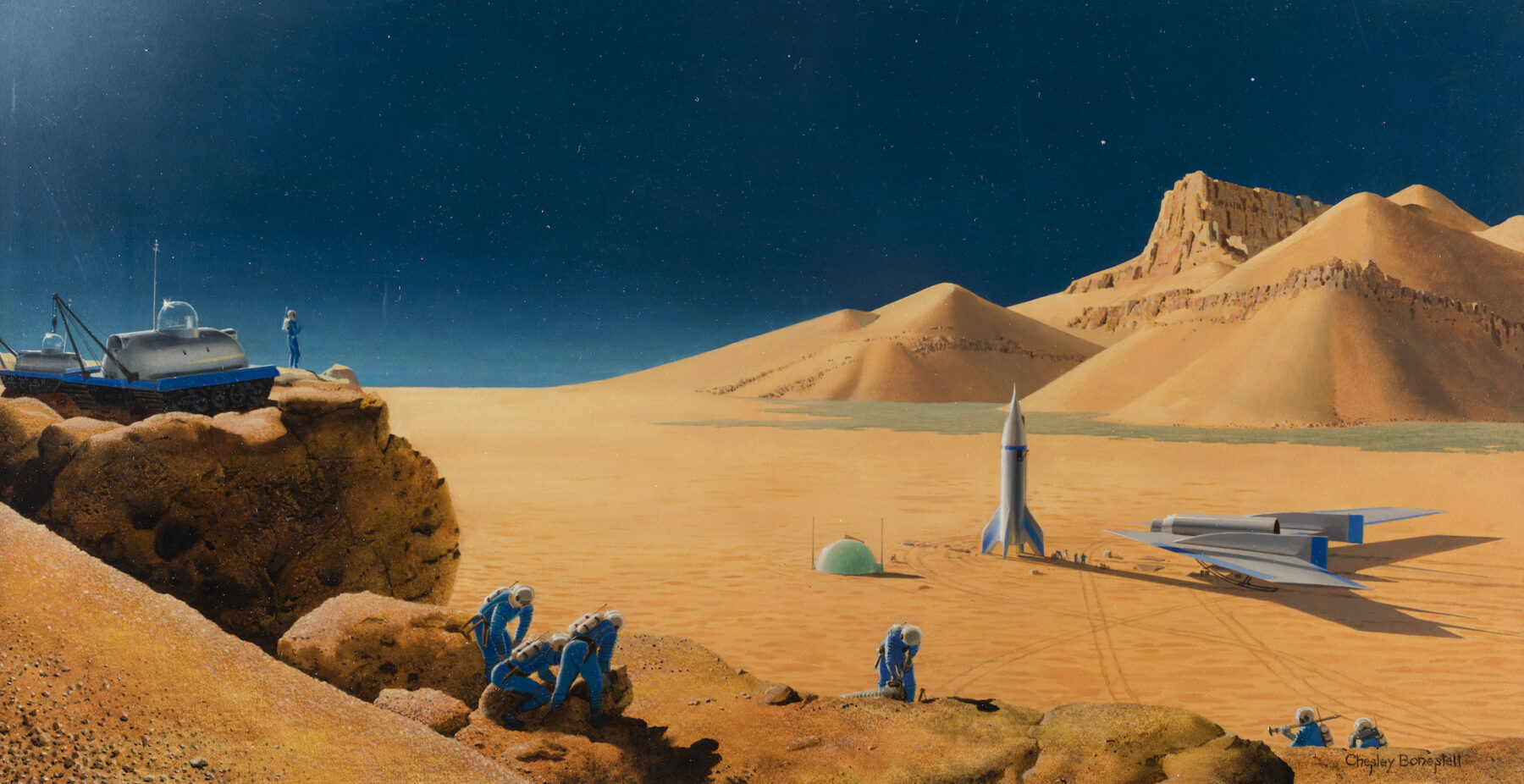
In the late 1940s, artist Chesley Bonestell collaborated with scientists to create futuristic space illustrations of convincingly lifelike tableaus that made space travel seem almost familiar. In the 1950s, Bonestell illustrated several covers and articles for Collier’s magazine, which ran alongside a series of evocative articles written by expert scientists, including Wernher von Braun—a pioneer of rocket and space technology—that provided factual, detailed descriptions of spaceships and launch vehicles. Bonestell’s art, in this authoritative context, removed space travel from the realm of science fiction by showing that it was taken seriously by the country’s top scientists.
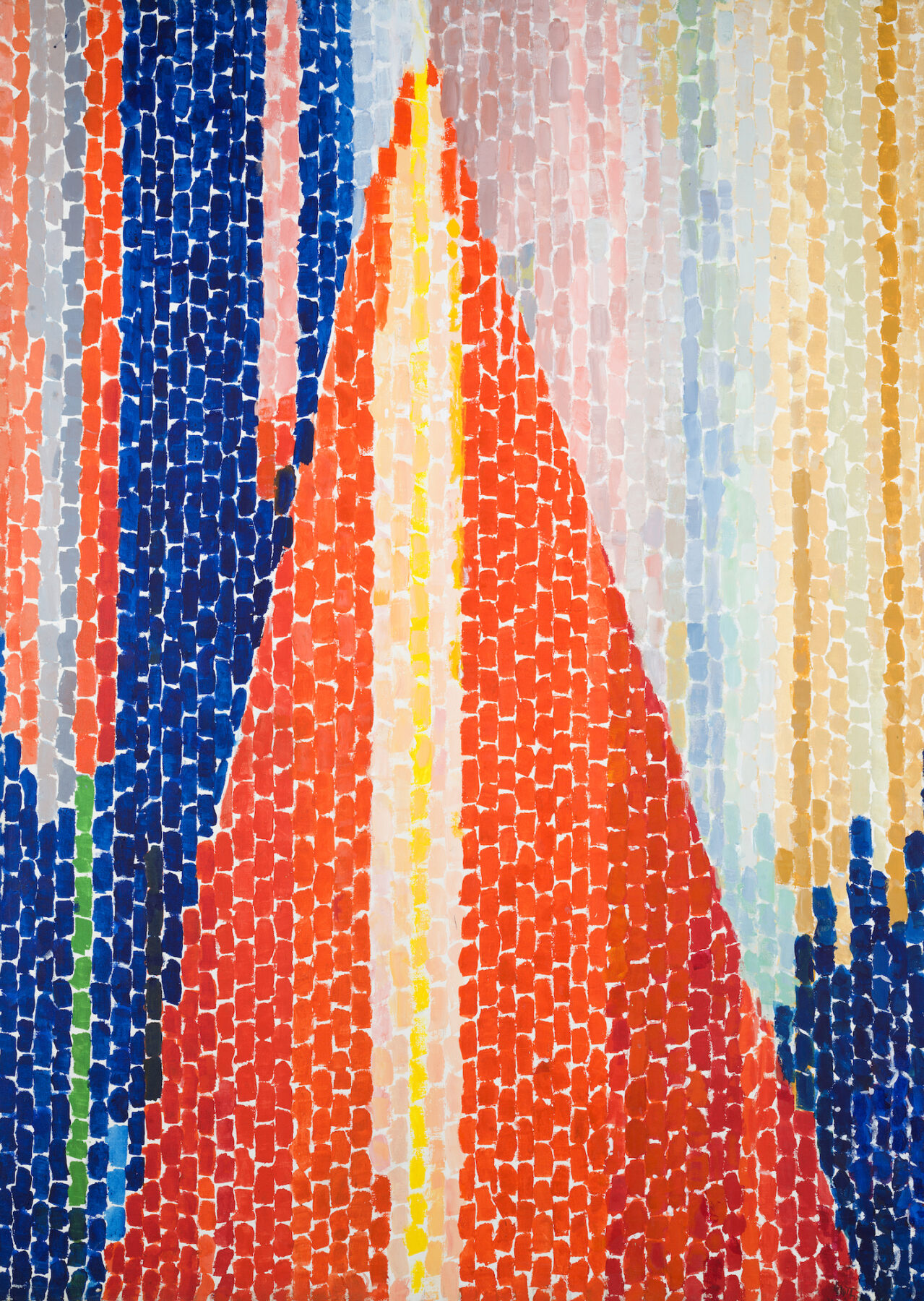
As NASA began sending astronauts into space in the 1960s, artists came to play a critical role in documenting the space program and its aspirations. Bruce Stevenson’s 1962 painting of Alan Shepard, the first American in space, inspired NASA administrator James Webb to start the NASA Art Program. In a 1963 NASA press release, Webb said, “Important events can be interpreted by artists to give a unique insight into significant aspects of our history-making advance into space. An artistic record of this nation’s program of space exploration will have great value for future generations.”
NASA employee Jim Dean and curator Hereward Lester Cooke from the National Gallery of Art sought out artists to define the nation’s early human space program. They initially chose Realism to avoid criticism from conservative audiences and congressmen. This choice of genre also helped to humanize NASA’s astronauts. For example, in 1969, artist Paul Calle captured intimate moments of Neil Armstrong, Edwin “Buzz” Aldrin, and Michael Collins eating breakfast before blasting off to the Moon on Apollo 11.
Prominent American artists like Norman Rockwell and Robert Rauschenberg also played significant roles in promoting space exploration. Rockwell went to NASA as a contract artist for Look magazine, where his Americana paintings then reached an audience of approximately 6 million subscribers. In 1969, Rauschenberg created the Stoned Moon lithograph series from his experience observing the Apollo 11 launch in Florida. In the lithograph “Sky Garden, 69” he posits the coexistence of nature and human-made technology, amplifying the environmental concerns surrounding space exploration. NASA’s art collection became a book called Eyewitness to Space and was exhibited at the National Gallery of Art in Washington, DC, and elsewhere through the Smithsonian Institution Traveling Exhibition Service.
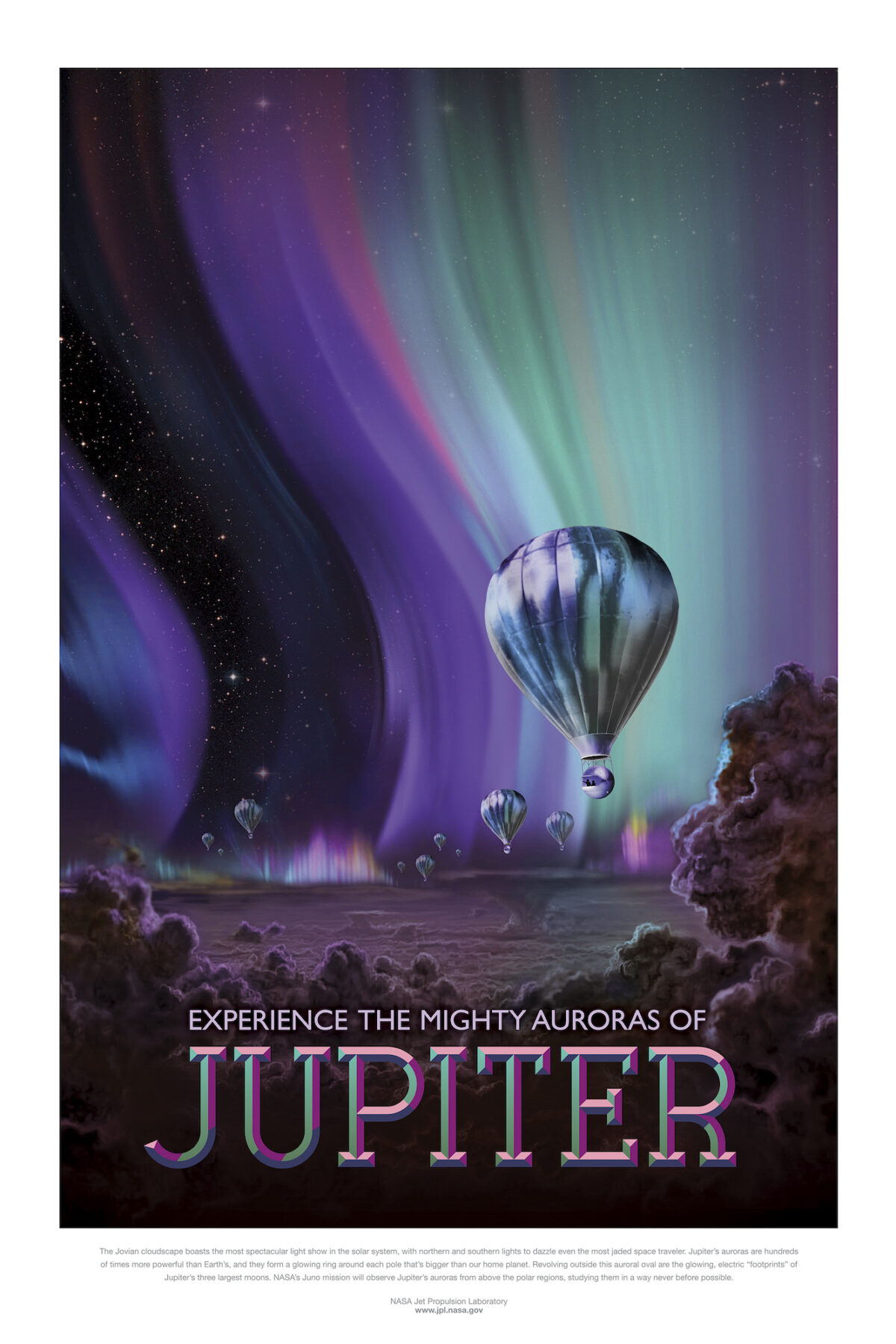
Outside of the NASA Art Program, other artists were also fascinated by space. African American artist Alma Thomas, who is now considered a force in the movement known as the Washington Color School, painted abstractions inspired by moments witnessed on her television screen. Blast Off is a series of color blocks in the shape of a flame to convey the velocity and intense heat at lift-off. Glimpse of the Earth was inspired by the image commonly referred to as “Blue Marble,” from a photograph captured during Apollo 17, the last human mission to the moon in 1972. Thomas reinterpreted this famous photograph as equally illuminated with multiple colors—a more perfect world viewed from 28,000 miles away. Space art continues to shape the nation’s vision of its future on the celestial frontier. In November 2022, the Artemis 1 rocket successfully launched to the moon, marking the first step toward an eventual long-term human presence on the lunar surface, which has been in development for more than a decade. In anticipation of future space missions, NASA commissioned retro-inspired posters of fantasy missions—such as a trip to Jupiter to observe the planet’s auroras from above the polar regions, “studying them in a way never before possible.” In these images, space tourism transforms a futuristic concept into a reality, just as companies like Virgin Galactic, Blue Origin, and SpaceX are making significant strides in bringing civilians into space.
